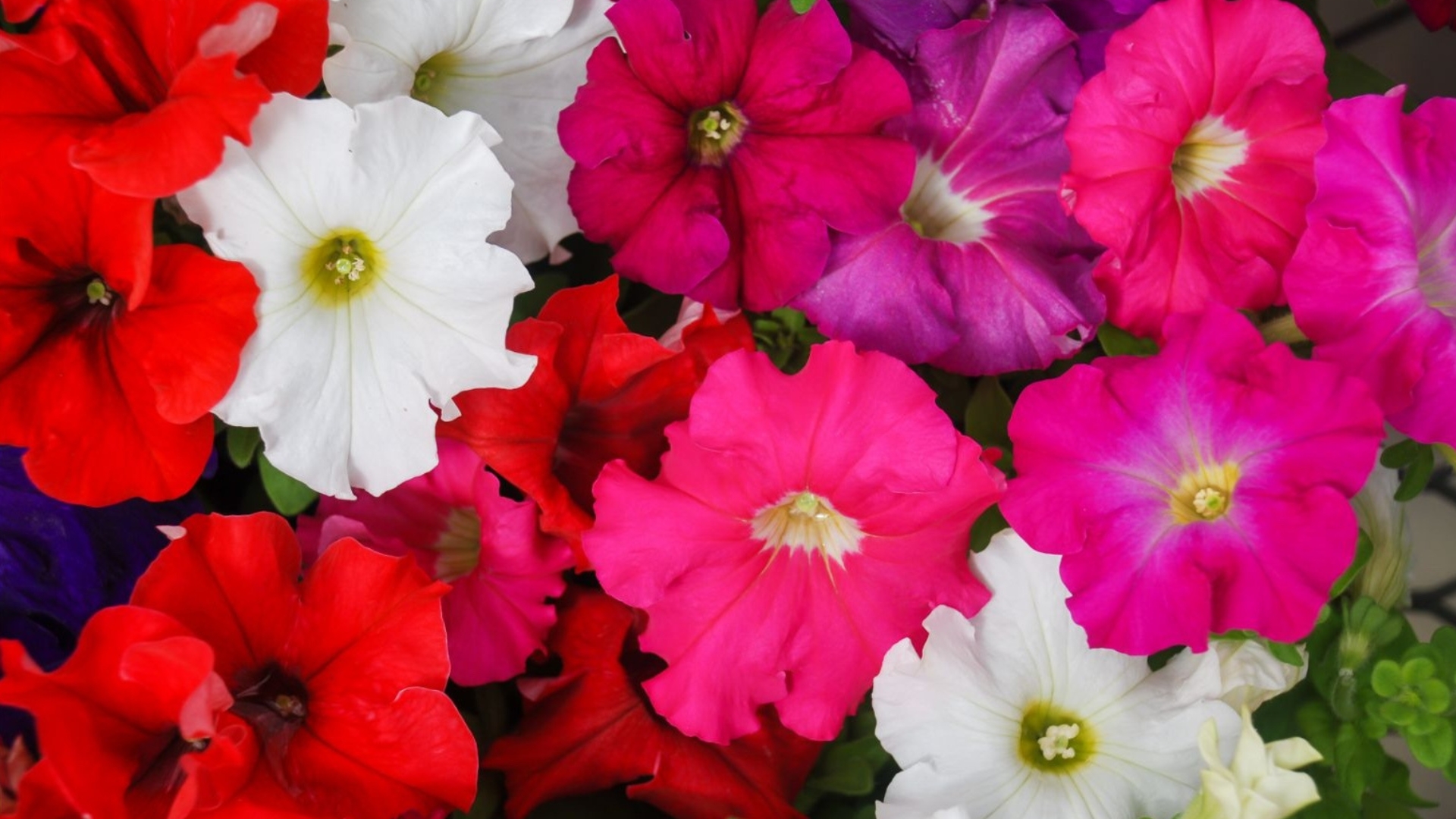Growing petunias can be a joy, but simple mistakes might unintentionally affect their health. Although petunias don’t require special maintenance, that doesn’t mean you can neglect them altogether!
In this article, we’ll explore common pitfalls that could harm your petunias and how to avoid them. That could be not giving your petunias enough plant food or giving them too much water.
Nonetheless, we’ve got everything covered!
And now, let’s make sure your petunias thrive and bloom beautifully. 🌺
1. Lack Of Nutrients
Petunias need energy to produce those masses of colorful flowers, which is why not providing them with enough nutrients might prevent them from reaching their full blooming potential.
For your in-ground petunias, it’s best to amend some high-quality compost into the soil before planting them. Your container or hanging basket petunias will need more fertilization. Use a good slow-release fertilizer for container petunias.
Throughout the growing season, utilize a high-quality fertilizer specifically made for ornamental plants. Follow the fertilizer recommendations displayed on the packaging. Liquid fertilizer is also a good option to give them a quick nutrient boost.
Related: How To Make Homemade Fertilizer For Your Plants
2. Growing Them In Shade
Petunias thrive under the spotlight. I’m sure you want to add some colors to the shady parts of your garden, but choose a shade-loving plant that doesn’t need constant sun exposure for that purpose.
While most petunias will grow and bloom in a place with just a few hours of sunlight exposure, they will thrive and produce vibrant flowers when exposed to 8 hours of sunlight during the day.
If you grow them in containers, it’s simple to move them around the garden and find a perfect sunny spot for them. If you plant petunias in the ground, make sure that they’ll receive plentiful sunlight!
Related: 11 Eye-Catching Ideas For Landscaping With Petunias
3. Not Deadheading Your Petunias
Don’t let your petunias keep their spent blooms!
Petunias are a type of flower that likes deadheading. By removing faded flowers, these plants will reward you with even more flowers. Deadheading petunias ensures that they stay focused on continuous blooming instead of seed production.
A large bed of petunias might not be possible to deadhead every day. Cut off spent flowers when they are not producing new ones anymore. Also cut back leggy petunias in late summer to encourage new growth.
4. Overwatering
Too much love in the form of water can drown your petunias. So-called “wet feet”, or waterlogged roots, can result in root rot, a deadly fungal disease that not many plants bounce back from.
Poor drainage, heavy soils, and frequent watering can lead to this issue. Yellow leaves, soggy soil, and a foul smell coming from the soil are all signs of root rot.
It’s best if you let the soil dry out before watering your petunias again. Avoid watering them every day during spring and fall. Daily watering should be practiced only during the hot summer days when soil dries out quickly.
Please keep in mind that in-ground plants might need less watering than ones grown in containers.
Related: 10 Garden Watering Mistakes You Need To Stop Making



